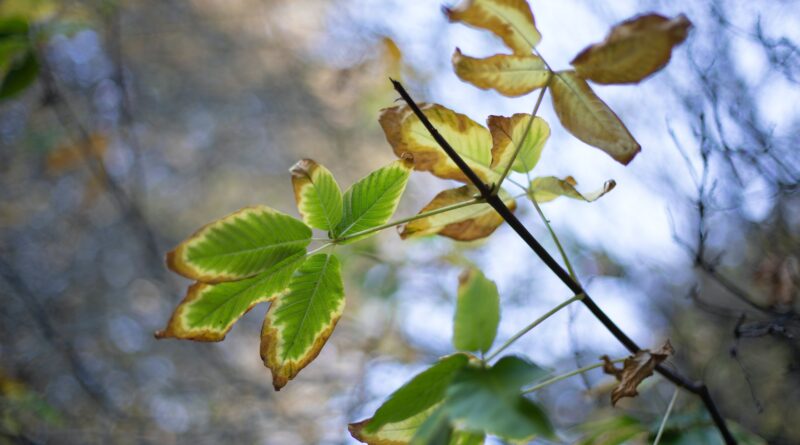Kareki ni Hana (枯れ木に花 – Regaining Vigor)
Kareki ni Hana
枯れ木に花
When something that was once thought to be in decline regains its vigor, it can be expressed as kareki ni hana (枯れ木に花) in Japanese.
一度衰えたと思っていたものが、再び元気を取り戻すことを、「枯れ木に花」ということがあります。
Since kare (枯れ) means “withered,” ki (木) means “tree,” and hana (花) means “flower,” the literal meaning of kareki ni hana is “flowers on a withered tree.”
「枯れ」は “withered”、「木」は “tree”、「花」は “flower” を意味するので、「枯れ木に花」の文字どおりの意味は “flowers on a withered tree” となります。
It is very rare that flowers bloom on a withered tree, so you can also use kareki ni hana to mean “something miraculous happened.”
枯れた木に花が咲くのは非常に珍しいことから、「起こりそうなことが起こる」の意味で用いられることもあります。
Incidentally, I think that most Japanese people are familiar with the phrase Kareki ni hana wo sakase mashō (枯れ木に花を咲かせましょう – “Let’s make flowers bloom on withered trees”) in the Japanese folktale Hanasaka Jiisan (花咲かじいさん – “Flower-blooming Old Man”).
ちなみに、日本の昔話「花咲かじいさん」のフレーズ「枯れ木に花を咲かせましょう」は、ほとんどの日本人が知っていると思います。




